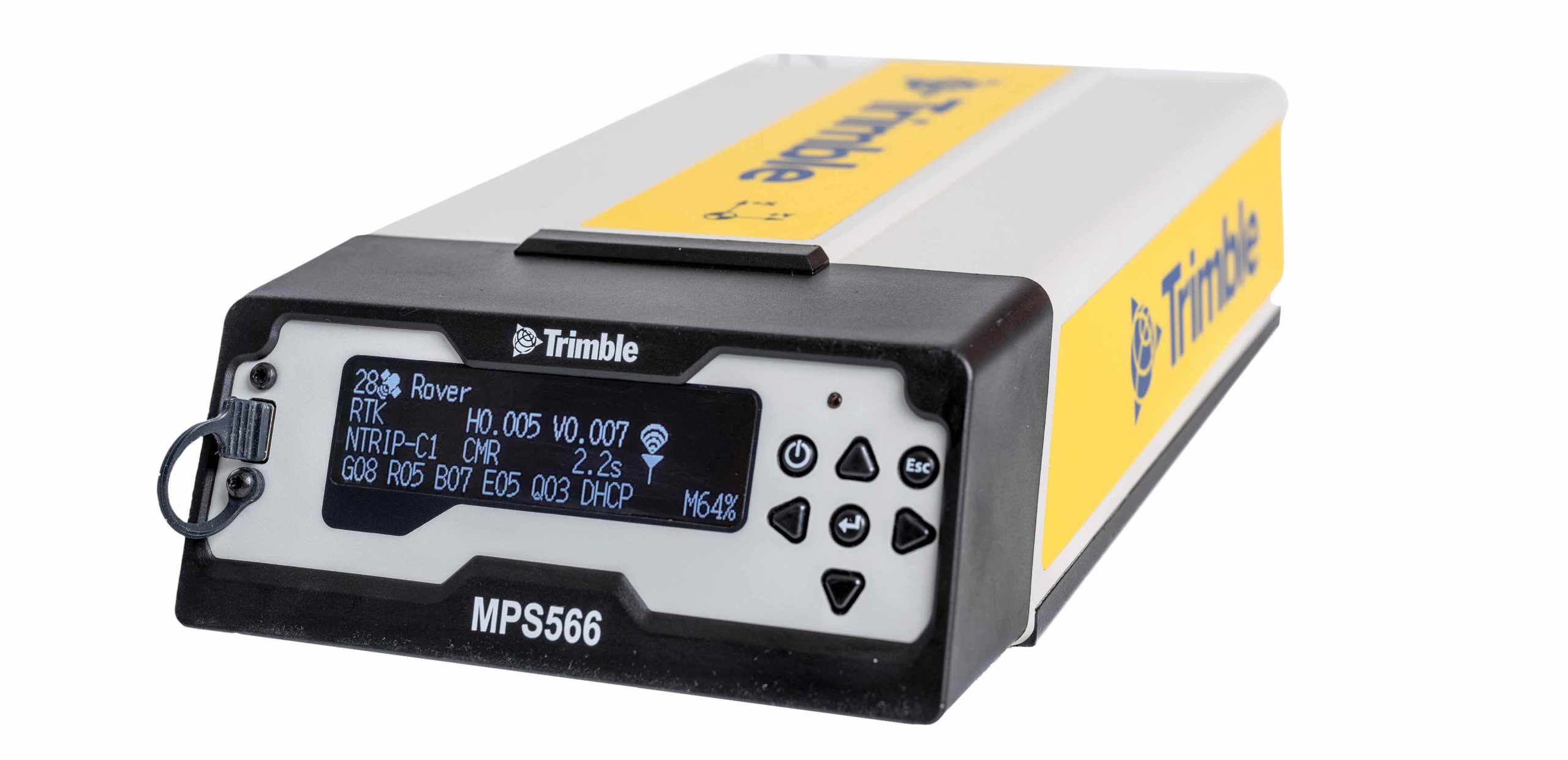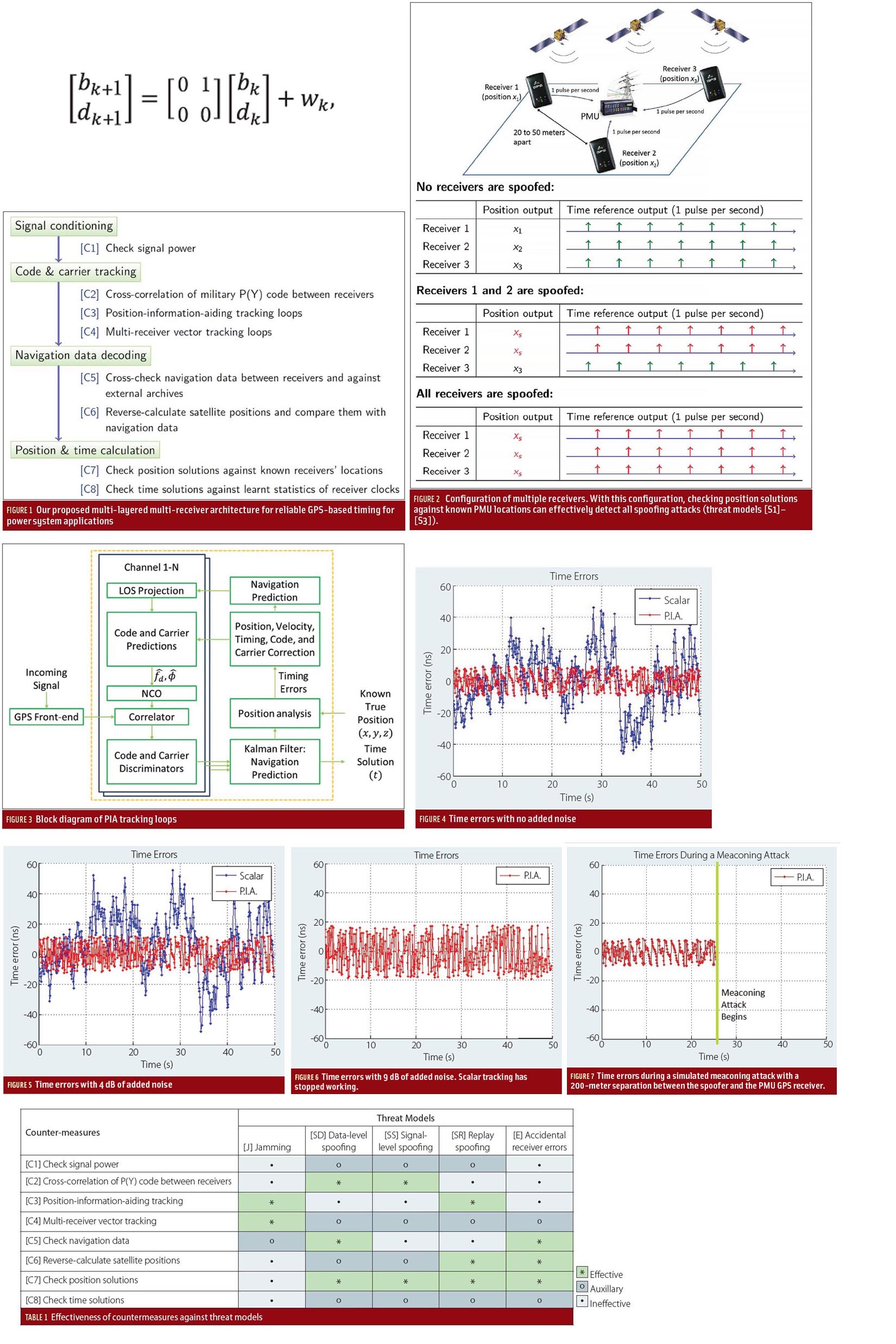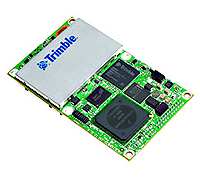Netherlands-based Van Oord is a well established international marine contractor carrying out dredging, marine construction, offshore wind and other infrastructure projects. In 2024, it will be among the first companies to evaluate Trimble’s next generation MPS566 GNSS receiver in actual field operations.
The MPS566 is a modular, high accuracy, dual-antenna GNSS heading receiver with advanced connectivity, drawing on a wide variety of GNSS correction sources to deliver position and orientation. Using constellation-agnostic Trimble ProPoint technology, the unit performs in the most challenging GNSS conditions, incorporating a full suite of modern communications capabilities.
In marine construction, the MPS566 feeds position and heading directly into Trimble Marine Construction Software, supporting efficient dredging with backhoe excavators, cutter suction dredges, wire crane and trailing suction hopper dredges.
Today, Van Oord’s marine construction workflows increasingly demand higher accuracy and efficiency, The company already has extensive experience with Trimble technologies, having been part of the early market acceptance testing for Trimble CenterPoint RTX for marine applications.
During those trials, the company compared Trimble RTX technology to other GNSS correction services onboard its highly automated offshore installation vessel Aeolus, purpose-built to transport and install offshore wind turbine tower foundations and turbines.
More to it
Van Oord’s fleet of vessels includes offshore wind installation vessels and all manner of dredgers. All of them use a combination of GNSS receivers and inertial sensors. One company barge, Stingray, works in water up to 28 meters deep and is equipped with a Trimble BX992 GNSS receiver and Van Oord’s own custom 3D dredge visualization/sonar software. Accurate georeferenced sonar reflections from the seabed and other subsurface objects is provided by the Applanix POS MV WaveMaster II, typical giving a position accuracy of a few centimeters with RTK or Trimble CenterPoint RTX corrections.
GNSS positioning in marine contexts is under increasing threat from jamming and spoofing. In a recent communication published by Trimble, Van Oord Survey Operations Manager Wim Balvert said interference and GNSS jamming was a growing problem, particularly affecting work on current projects off the coast of Romania, on the Black Sea. These projects have been largely focused on climate adaptation and improving sustainability. The firm is particularly excited about Trimble’s MPS566 GNSS receiver technology because of its improved RTK engine and anti-jamming/anti-spoofing capabilities.
The Trimble-Van Oord relationship is a win-win, allowing Trimble to quickly get real user feedback about capabilities, features and functionality in operational situations, while Van Oord gains favored access to new and advanced positioning solutions, from the design, verification and testing phases.





